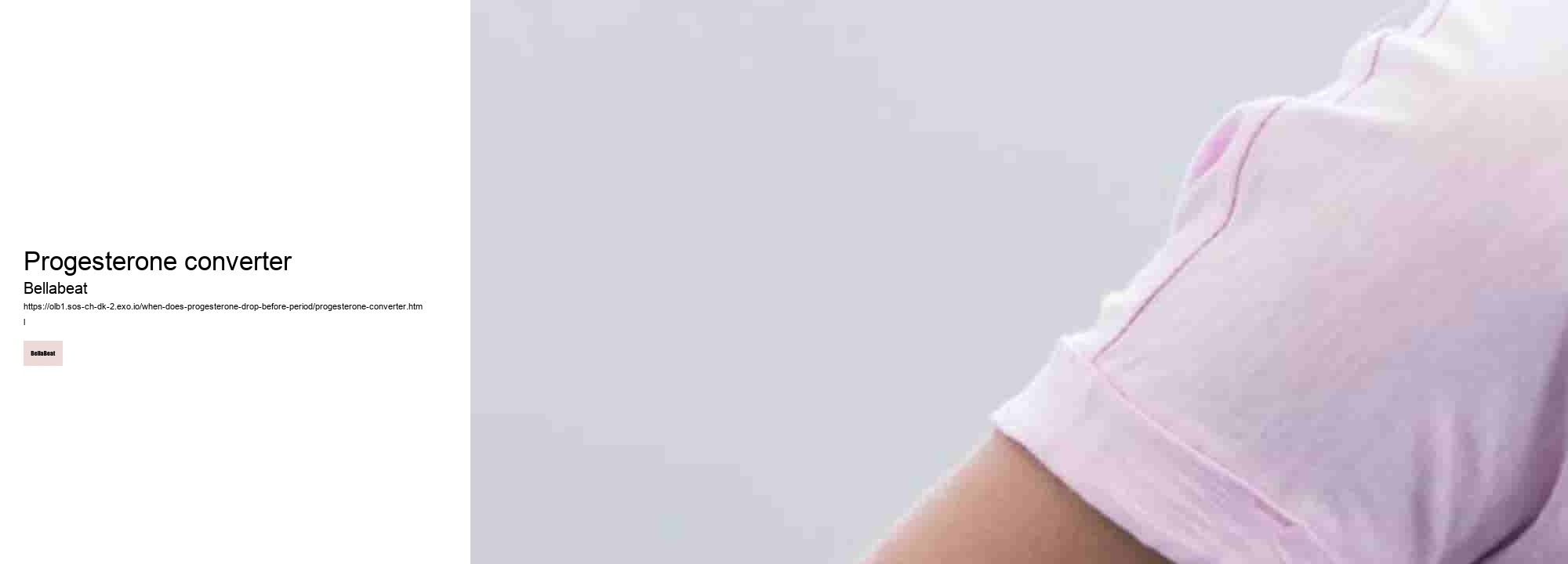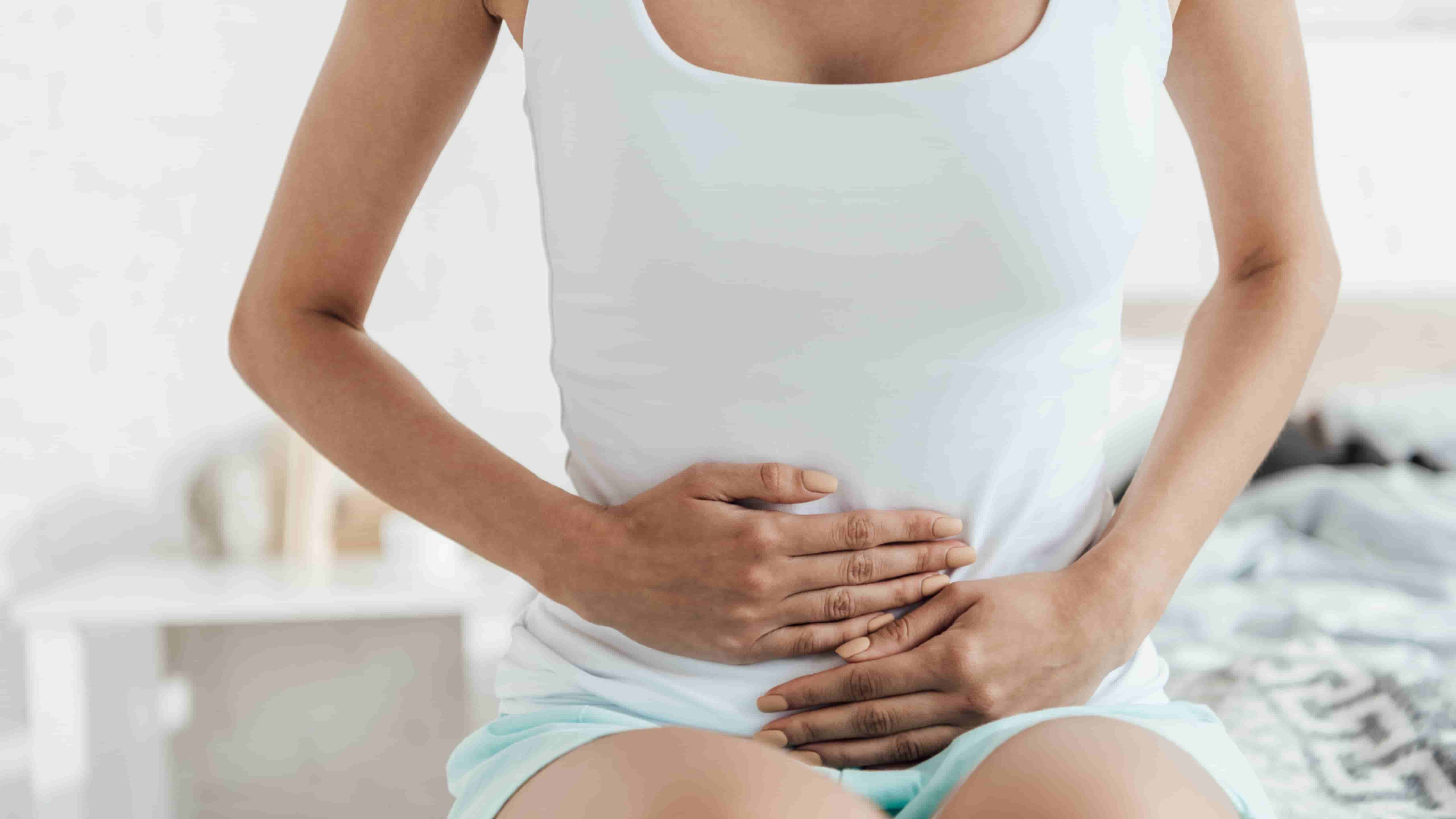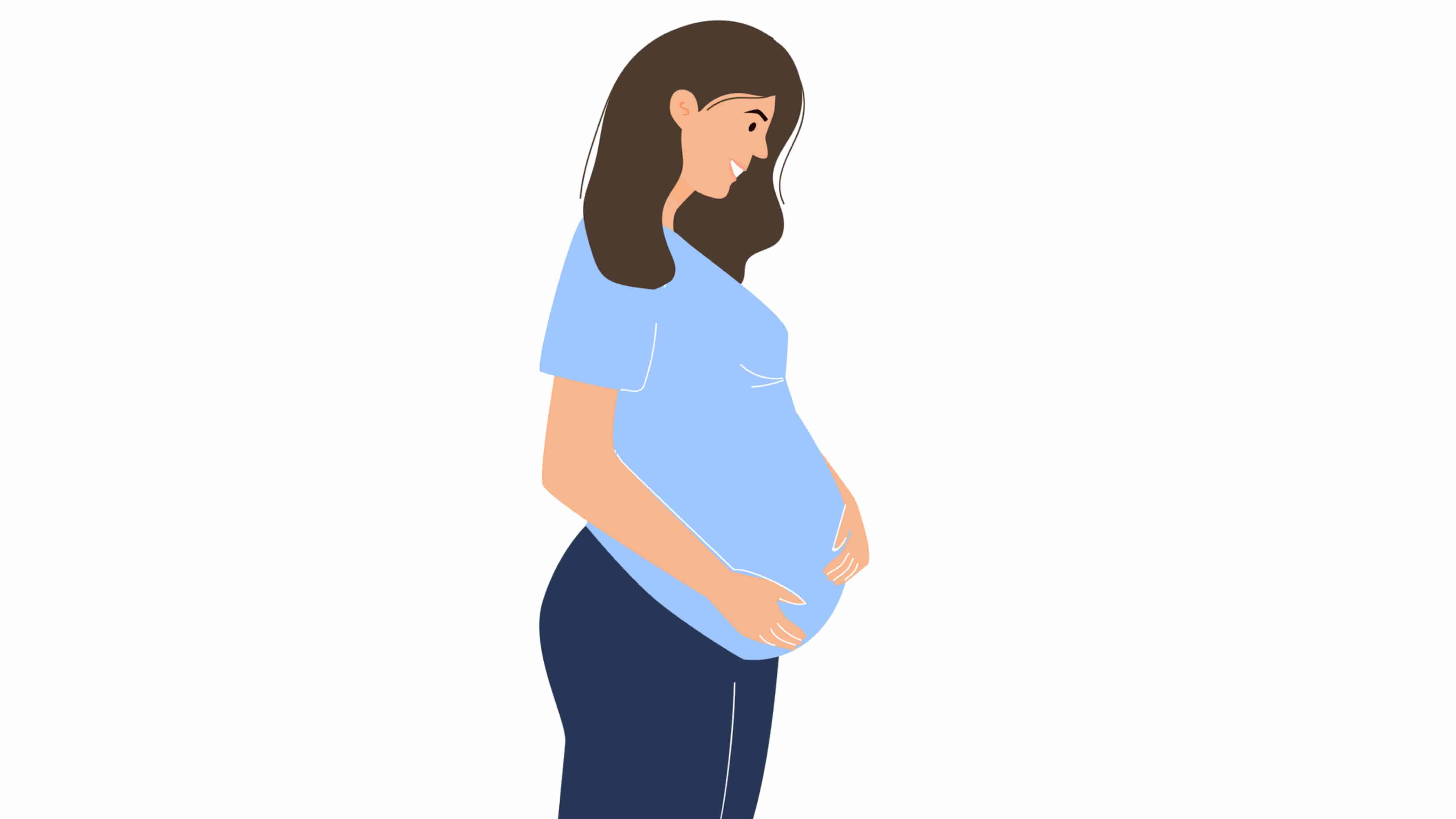

Additionally, it regulates body temperature and modulates mood-stabilizing neurotransmitters that can influence our sense of calm or anxiety. In essence, progesterone turns the uterus into a hospitable environment conducive to supporting early pregnancy. But how can one attune themselves to these subtle hormonal shifts?
This encompasses a wide array of symptoms such as bloating, breast tenderness, headaches, and even joint pain. In conclusion, acknowledging progesterone's diminishment prior to menstruation provides valuable insight into one’s health mosaic.
Ensuring 7-9 hours of uninterrupted sleep per night can help regulate the body's internal clock and optimize hormone production. Understanding the ebb and flow of hormonal levels throughout a menstrual cycle can be akin to watching the mysterious dance of celestial bodies.
In conclusion, comprehending the descent of progesterone preceding your period unveils opportunities for proactive engagement with one's wellbeing—whether through lifestyle adjustments, symptom tracking tools or medical support when needed—thus empowering individuals to navigate their unique hormonal landscapes with greater ease and understanding. Just as astronomers eagerly chart stars' paths across galaxies far away from us here on Earth – by mapping our internal hormonal constellations with care and curiosity – we too may navigate life's cyclical nature with enhanced grace and knowledge.
How to Identify the Telltale Signs Your Progesterone Is About to Drop Before Your PeriodIdentifying the telltale signs that your progesterone levels are about to drop before your period can be a bit like solving a biological puzzle. But what specifically instigates this drop? Moreover, tracking progesterone levels can provide valuable information beyond just managing premenstrual symptoms. Lastly, keep track of your menstrual cycle with precision; noticing subtle shifts in timing enables you to predict these hormonal changes more accurately.
If you don't become pregnant during a cycle, progesterone levels drop, leading to menstruation. Furthermore, bloating and breast tenderness can suggest that your body is transitioning away from the luteal phase—characterized by high progesterone—and moving towards menstruation. Mastering Menstrual Cycles: How to Anticipate a Drop in Progesterone and What It Means for YouMastering the intricate workings of menstrual cycles is not only empowering but also essential for those seeking to understand their bodies better.
By recognizing patterns unique to their cycles, they may take proactive steps such as lifestyle adjustments or seeking medical counsel when necessary. Progesterone, one of the key players, soars after ovulation, transforming the uterine lining into a nurturing haven for embryo implantation. Exercise holds dual benefits: it reduces stress while also potentially improving hormonal balance through weight management and increased circulation.
What Happens to Your Progesterone Just Before Menstruation Begins? For reproductive health specifically, key players include estrogen and progesterone in females, and testosterone in males. Furthermore, hormone fluctuations affect emotional states which have implications on sexual desire and relationships—an integral aspect of human reproduction. Let us set sail across this hormonal ocean.
Low levels of this critical hormone not only impair menstrual regularity but also compromise fertility. The importance of balanced hormones for reproductive healthBalanced hormones play a pivotal role in maintaining reproductive health, which is essential for the continuation of species and personal well-being. Another method involves tracking physical signs such as changes in cervical mucus or utilizing ovulation predictor kits (OPKs).

Following the release of an egg from the ovary—an event known as ovulation—the ruptured follicle transforms into a structure called the corpus luteum. It plays a vital role in menstrual cycles and maintaining pregnancies. Understanding the ebbs and flows of hormones in the human body is like deciphering a complex symphony—each note essential, each pause significant. The corpus luteum—remnants of what once was an eager follicle aspiring to release an egg—now becomes an ephemeral gland, secreting progesterone generously. Though these strategies may not replace medical treatments where necessary they certainly offer supportive measures that align with our bodies' innate rhythms—a testament to the power of holistic health practices.
To definitively ascertain where you stand on your cycle's curve and confirm whether these symptoms correlate with reduced progesterone levels requires more than mere observation; medical testing offers concrete answers. These messengers travel through the bloodstream to target tissues or organs, where they bind to specific receptors to elicit responses that control numerous bodily functions. Here are some steps to guide you:1. Firstly, mood swings may serve as harbingers; they are often precipitated by hormonal turbulence.
This phase follows ovulation, where an egg is released from an ovary and awaits potential fertilization. Through vigilant assessment and tailored interventions based on individual needs, women can reclaim their hormonal equilibrium—and with it—their reproductive well-being. By charting this hormonal course, one can anticipate changes in mood or physical well-being and hoist sails accordingly—perhaps by adjusting diet, sleep patterns, or stress management techniques—to ensure smoother sailing through these oft-turbulent seas. Understanding when progesterone takes this dive pre-period offers invaluable insights into navigating these cyclical storms.
Recognizing this key moment can help individuals understand their bodies better and manage both expectations and experiences regarding their reproductive health. Rising estrogen levels initiate the rebuilding of the endometrium—the lining of the uterus—which was shed during menstruation. This reduction triggers a cascade of events leading to menstruation whereby the thickened endometrial lining sheds since it is no longer required.

The incorporation of spinach, pumpkin seeds, and wild-caught salmon into meals might fortify your body's progesterone production. The exact mechanism by which progesterone affects PMS symptoms is complex and multifaceted. Progesterone has several important jobs: it further prepares your uterine lining for implantation and maintains it should fertilization occur. Blood tests to measure hormonal concentrations throughout the menstrual cycle provide insights into possible luteal phase defects. Learn When Progesterone Dips Pre-Menstruation! By becoming experts on their own bodies through careful observation and potentially leveraging medical resources for confirmation when needed, individuals can gain greater control over their menstrual wellbeing – transforming what might seem like a daunting biochemical cascade into something they navigate with confidence each month.
It's at this juncture that fertility peaks since it's possible for sperm to fertilize an egg here. However, if conception does not occur, the corpus luteum begins to deteriorate. This could involve stress-reduction techniques like yoga or meditation and dietary changes aimed at weight management and nutritional balance. These symptoms collectively form part of what is known as premenstrual syndrome (PMS), affecting numerous individuals days before their period commences. Charting your menstrual cycle can be an invaluable tool in this quest for understanding.
These can range from bloating, headaches, and fatigue to more pronounced emotional disturbances like irritability or melancholy. As we continue to break down taboos surrounding menstrual health, more people will harness this knowledge for greater autonomy over their well-being. This enigmatic player performs its ballet within the grand theater of the menstrual cycle, where it rises like a phoenix from the ashes post-ovulation, only to cascade down into an abyss just before our menses begin.
Find Out Now! In conclusion, by being mindful of your cycle's rhythm and observing bodily signals such as mood variations, BBT changes, cervical mucus alterations, and physical sensations like breast tenderness and bloating—you become equipped with insights into the impending descent of progesterone levels before your period arrives.
The surge in progesterone during the luteal phase serves several key purposes. Typically around 10 days after ovulation if fertilization hasn't occurred.
